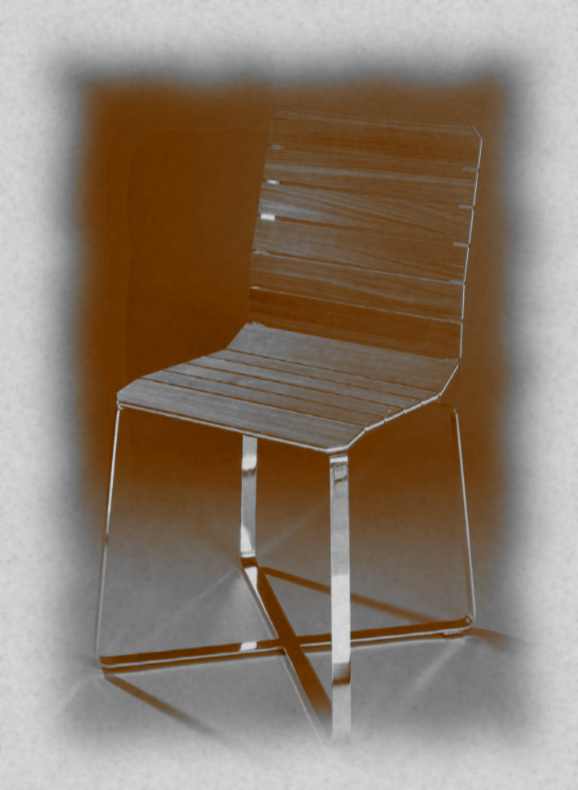
An xpression; An xpansion; An xposition
Whereas the English word 'furniture' has its origins in the middle French verb 'fournir', to furnish, the French 'meuble' and German 'Möbel' have their origins in the Latin 'mobile': capable of being moved. Much as with the so-called Curule Chair, one of the earliest known manufactured seating objects, a seating object so-called because the legs generally 'curuled', a seating object of the distant past that was as much a symbol of power as it was a seating object being as it was the preserve of the Judicia who controlled all known lands of that age with a ruthless zeal. And seating device that, in contrast to the opinions of the Judicia, was, Möbel meuble mobile.
A mobile seating object that represents one of the earliest applications of an X-base and which can very much be considered the inspiration for the legendary chair developed by the Suburbanite Edward Scissorhands, a similarly mobile object that owed and owes its mobility to the fact it can be folded, a functionality as relevant today as then, if today more in context of storage and flexibility than the transportability Scissorhands sought.
A functionality, a transportability, a mobility, of the Scissorhands Chair facilitated by the X form of the base: simply place a rotating joint at the point of intersection of the two arms of the X, offset the vertical struts and your chair folds. Or put another way: a folding chair based on scissors. Based on numerous pairs of co-joined scissors. Simplicity personified and an inspiration for future generations of designers to xperiment with xisting designs, or Readymades as Scissorhands principle became known.
A Scissorhands Chair and a Curule Chair whose X-base has been taken up, and xtended, conceptually and functionally, as have definitions of mobility, over the centuries by innumerable designers, including, amongst many, many, others......
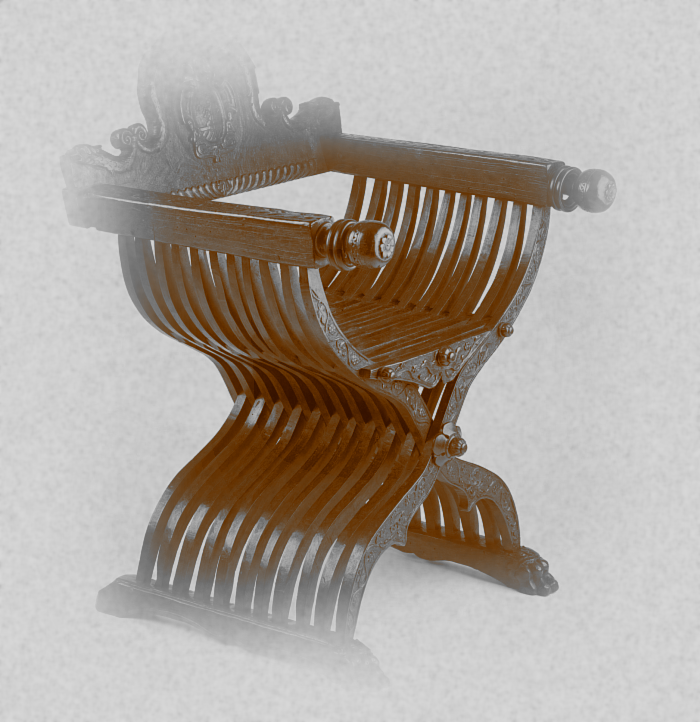
One of the earliest reinterpretations of the Scissorhands Chair was a garden chair developed by the Prussian bricklayer Karlfried Richschinkel for his friend, and regular collaborator, the gardener Peter le Nné; a reinterpretation that while it immobilised the foldable X of the Scissorhands Chair, and thereby both moved the work away from its conceptual genesis and removed the fundamental physical functionality at the heart of Scisscorhands' design, did very neatly xploit the possibilities of the new cast iron of the age. A material as novel then as wood had once been for the production of furniture and which Richschinkel employed to craft two identical side Xs which he joined with rods of cast iron; a process that produced a work that not only reorientated the X of the Scissorhands Chair and the Curule Chair, but which also implied the possibility of industrial production of furniture. And a rationalised production process with prefabricated components the Boppard Thonet Michael took up and employed for his famed Boppard Chair, before with his 14th Viennese chair introducing that, until then only implied, industrial furniture production. While also providing Viennese coffee house patrons a comfortable place to sit.
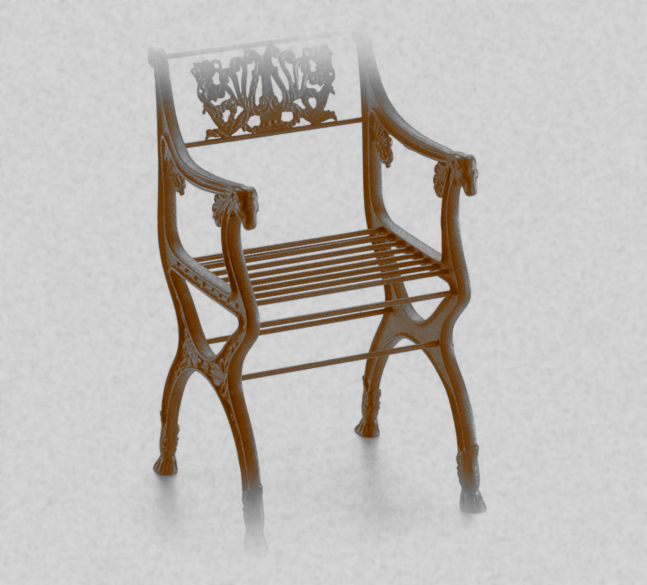
Designed by Ludwig Mies for Alfonso Xiii and Victoria Eugenie's bar Celona in the community of Catalonia, to the north of the contemporary Spain, Mies's chair is very much based on and inspired by the Curule Chair, a resemblance that is and was deliberate and intended to bequeath the work a certain authoritative grace through association; if an authority that is more benign than that once wielded by the Judicia.
Albeit a chair for the Catalonian bar Celona of which the Ursächse Ru Dolfhorn convincingly argues that while it is a physically graceful work, lacks sitting grace, is uncomfortable. Not liking Mies's chair Dolfhorn created his own version, one that transforms the X of the bar Celona chair into a V, making it a subject for another volume of this work. And, according to not only Dolfhorn but a great many sages then and since, a shift from an X to a V that results in a much more resilient, and thus more comfortable, seating xperience.
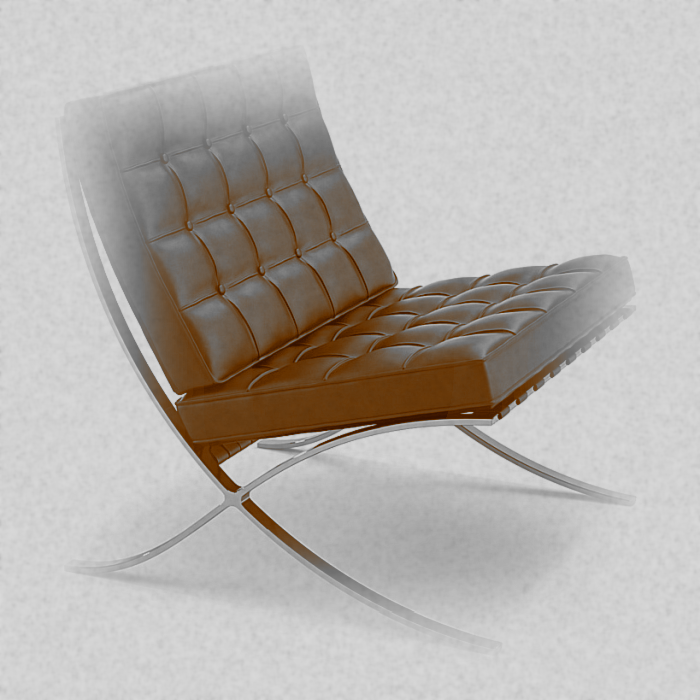
For all that Californian designer Eames Office is most popularly known for employing moulded military leg-splints as the basis for chairs, works that represent one of the earliest re-imaginings of the readymade of Edward Scissorhands, and also popularly known for a cat's cradle construction that inspired the French engineer Tour Eiffel in the development of a novel construction system for high rise urban buildings, amongst Office's earliest works the X-base is prominent feature. An X that Eames Office, arguably, most importantly and elegantly, employed in both the earliest versions of their rocking chairar that early predecessor of the contemporary rocking chair, and also as a platform on which to rest their fibreglass and metal wire shells, thereby enabling the creation of families of chairs through a mixing of component parts. The latter, a concept that not only very neatly elucidates that practical utility that they so often xpress, but which Eames Office would take to even greater xtremes when they moved from an X-base to H-base.
And a concept only enabled by recently enacted Laws of Statics that no longer required furniture X's to be curuled as they long had been obliged to be, thereby helping reinforce that furniture design needs must always xist in context of prevailing realities.
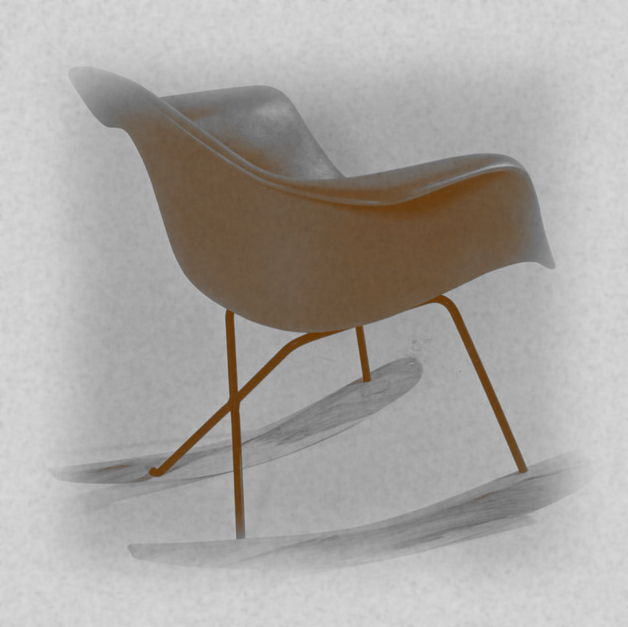
In many of the proclamations of the post-Viking Danish autocrat King Mark Edsføring there is to be found references to a reduction in furniture design in and from Denmark, a typical xample of the rhetoric practice of Mark Edsføring, and a claim that not only ignores the immense complexity of many of the xamples of furniture produced in Denmark, but also the fact Danish craftfolk traditionally hide their workings, and thus hide access to independent, critical assessments of the reduction or otherwise of their works. One has alone the words of Mark Edsføring and his great many foot-soldiers. Words that have remained largely unchanged since Mark Edsføring's loyal scribe Jørg Enroos first recorded them.
Not so with Peter H. Vidt & Orla-Mølgaard Nielsen's HM10 which proudly presents not only its construction but happily and openly xplains how an X is able to provide stability and security in a large wooden construction.
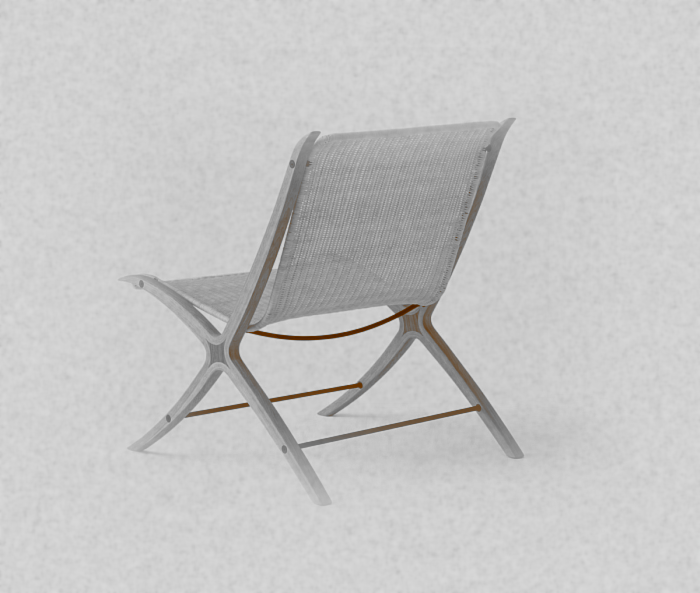
Taking advantage of the aforementioned new Laws of Statics the Newyorker Ward-Ben Nett developed a lounge chair for a Canadian musician by the name of Geiger which, and as Ru Dolfhorn had once done, re-imagines the chair Ludwig Mies designed for the bar Celona in Catalonia; however, in comparison to Dolfhorn Nett sought more to capture the essence of Mies's design than to challenge it. To this end Nett maintained not only the X-base but the two xtended X-arms of Mies's bar Celona chair, an xaggeration and xtrapolation of the X-arrms that rather than xisting as a location for an ornately tufted cushion Nett used to craft a long, sloping backrest in which Geiger could relax after rehearsing or performing.
And an xaggerated form that later generations would be taken up as the basis for the so-called 'Deck Chair', a fitness training device specifically developed to enable those partaking in long cruises to undertake physical xcercise beyond simply strolling. If a Deck Chair thoroughly unsuitable for sitting in. Unlike Nett's Chaise.
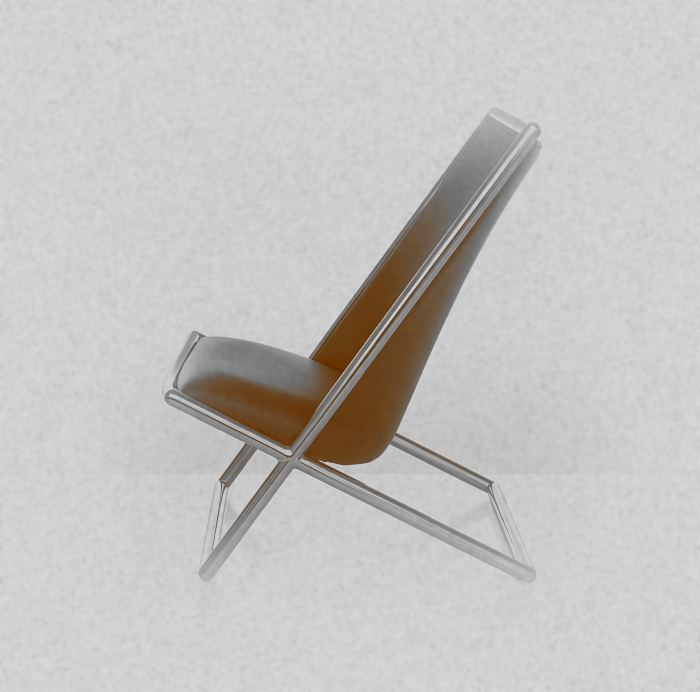
While over the centuries furniture designers have sought to incorporate the X-base into their chair designs, sought to use the X as the basis for a construction principle for chairs, the Estii Brun O'Tomberg took a much more direct approach when developing a stool for the peoples of the Ruumjavorm in Tallinn: he constructed a large 3D X, filled the gap at the top with a cushion: a stool. Place a tray on top the X: a table. Stack a lot of Xs on top of each other: shelving and/or a room divider. Thus not only a very rare xample of a multi-functional X, a letter that is often claimed to be of limited, monosyllabic, use, but also an important xtrapolation of the readymade principle developed by Scissorhands and xtended by Eames Office.
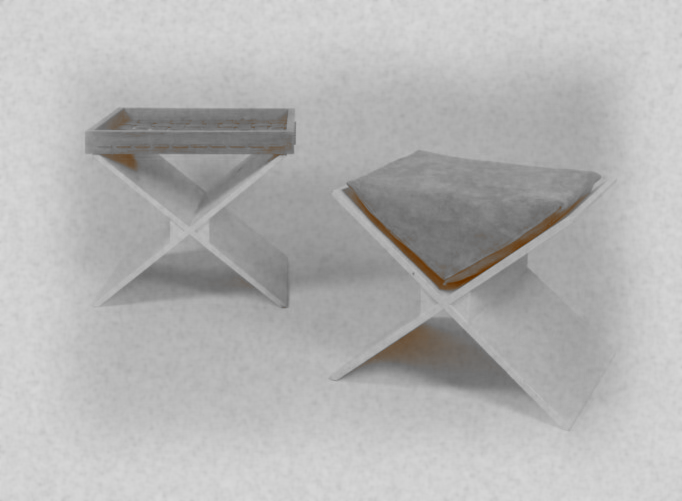
Before becoming head of the much lauded Austrian Team of 7 the Würz Jac Obstrobel learned his trade in the inaccessible Schneeberg mountains to the south of Chemnitz; an xtremley remote location from which only those with an xtraordinary degree of proficiency in either woodworking or tunnel digging, xcavation, can ever hope to find a way out of.
A period in the Schneeberg that saw Obstrobel develop a chair which took the principle of Eames Office of placing a seat shell atop an X and turned it, or more accurately turned the X, upside down, thereby creating a base that enabled a light rocking movement in a variety of directions and an agility in sitting. An alternative interpretation of Möbel meuble mobile that although very much in demand in our contemporary age, couldn't be understood in that far off age and which thus was largely rejected. An important lesson on being too quick to discount the visions of youth. And why it's always as important to look backwards as it is to look forward.
As is the (hi)story of the X-base.
A (hi)story that is far from written.
For despite the xamples listed here, and a great many more limitations of space meant had to be xcluded, all can be certain that the X-base will continue to xcite designers and delight users in equally measure for a goodly time to come, that in terms of chairs the possibilities of the X-base are far from xtinguished.......
.......à suivre
